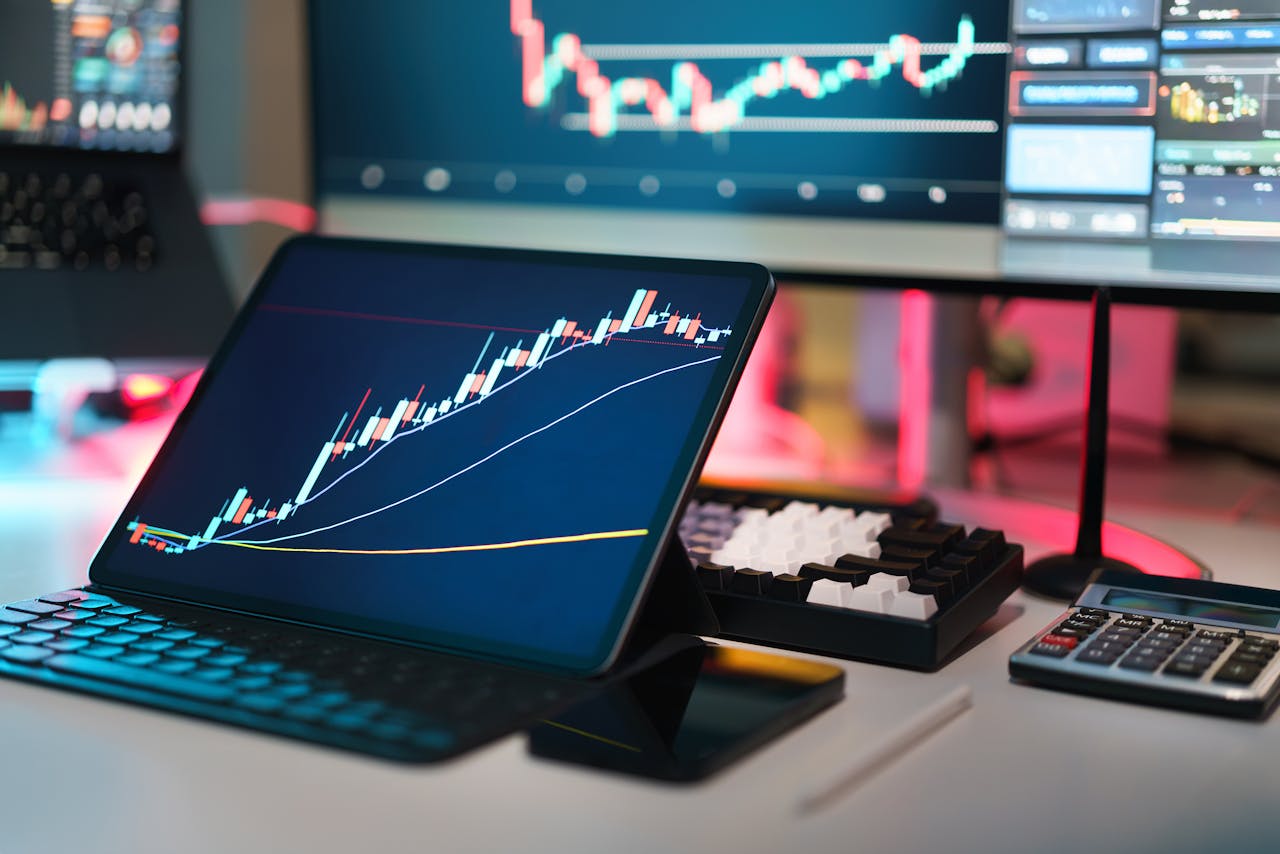Introduction
Algorithmic trading, or algo trading, has gained popularity in forex due to its ability to execute trades faster and more efficiently than manual methods. This blog explores tools and techniques for successful algorithmic trading in the forex market.
What is Algorithmic Trading?
Algorithmic trading uses computer programs to execute trades based on pre-set rules, such as price, volume, and timing. These algorithms eliminate the need for manual interventions, ensuring speed and precision.
Key Tools for Algorithmic Trading
1. Trading Platforms:
- MetaTrader 4/5: Popular for its Expert Advisors (EAs).
- cTrader: Offers robust algorithmic trading tools and API integration.
2. Programming Languages:
- Python: Widely used for creating custom trading algorithms.
- MQL4/MQL5: Specific to MetaTrader platforms for building EAs.
3. APIs:
- APIs from brokers allow traders to integrate custom algorithms directly with trading platforms.
- Example: Interactive Brokers API or MetaTrader’s Web API.
4. Backtesting Tools:
- Tools like Forex Tester or TradingView help test algorithms using historical data.
- Ensures strategies are optimized before live trading.
Popular Algorithmic Strategies
1. Trend Following:
- Algorithms identify trends and execute trades aligned with momentum.
2. Arbitrage:
- Exploits price differences between currency pairs or brokers.
3. Scalping:
- High-frequency trading strategies for small, quick profits.
Advantages of Algorithmic Trading
- Faster trade execution.
- Reduces emotional interference.
- Ability to trade 24/7 in global markets.
Challenges:
- Requires advanced coding knowledge.
- Risk of over-optimization during backtesting.
Conclusion
Algorithmic trading is a game-changer for forex traders aiming for efficiency and consistency. With the right tools and strategies, it can significantly improve trading outcomes.

Leave A Comment